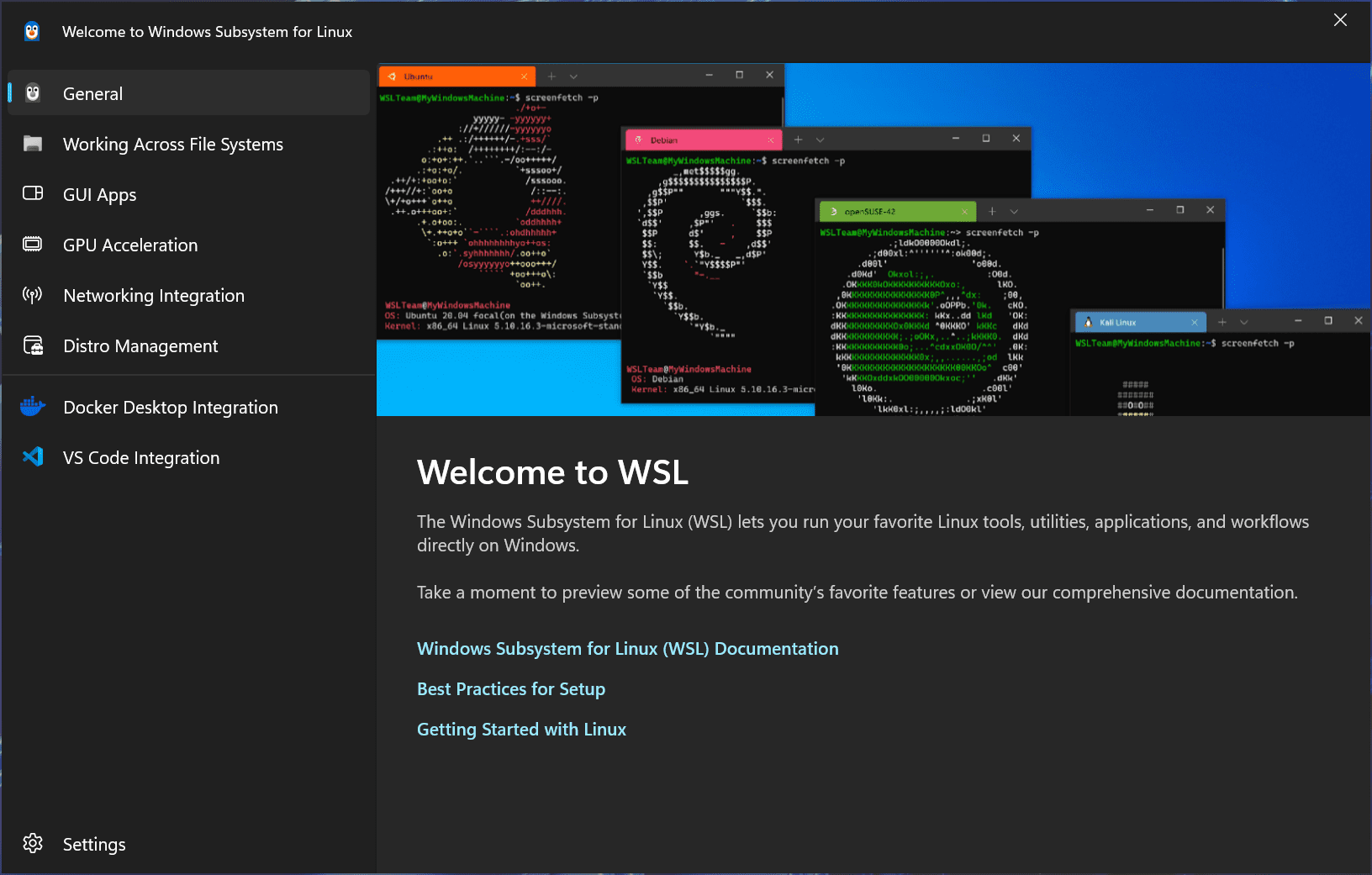
Red Hat and Microsoft join forces to bring the leading enterprise Linux distribution to Windows developers.
In a move that promises to streamline hybrid cloud development and enhance developer flexibility, Red Hat has announced its intention to bring Red Hat Enterprise Linux (RHEL) to the Windows Subsystem for Linux (WSL). This collaboration with Microsoft addresses the growing need for choice and agility in modern IT environments.
The hybrid cloud is rapidly becoming the architecture of choice for organizations seeking to innovate and modernize their applications. This shift demands a flexible approach to technology stacks, allowing developers to seamlessly move between Linux and Windows environments. WSL, which enables developers to run Linux environments directly within Windows, has emerged as a key tool in bridging this gap.
“Developers have their preferred platforms for developing applications for multiple operating systems, and WSL is an important platform for many of them,” says Ron Pacheco, senior director, Red Hat Enterprise Linux Ecosystem, at Red Hat. “Red Hat is committed to driving greater choice and flexibility for developers, which is why we’re working closely with the Microsoft team to bring Red Hat Enterprise Linux, the largest commercially available open source Linux distribution, to all WSL users.”
This integration of RHEL into WSL offers several key benefits:
- Enhanced Developer Productivity: Developers can utilize familiar RHEL tools and workflows within their Windows environment, eliminating the need for separate virtual machines or dual-boot setups.
- Streamlined Hybrid Cloud Development: Building and testing applications destined for RHEL-based hybrid cloud environments becomes more efficient and consistent.
- Increased Flexibility: Organizations gain greater freedom in choosing their preferred development environment while maintaining compatibility with their enterprise Linux infrastructure.
This announcement comes alongside the latest updates to WSL, which introduce new enterprise security features and improvements to WSL distributions. With the addition of RHEL, WSL continues to evolve as a powerful platform for developers working across Linux and Windows ecosystems.
Related Posts:
- Five Critical Privilege Escalation Vulnerabilities Found in Ubuntu’s Default Utility, needrestart
- KDE Sets Sights on New Horizons with “Project Banana” Linux Distro
- BackBox Linux 9 “Noble Numbat” Released
- 11 Russian Linux Kernel Developers Lose Maintainer Status Due to “Compliance Requirements”